Collaboration between Hartwig and CKB makes both parties stronger
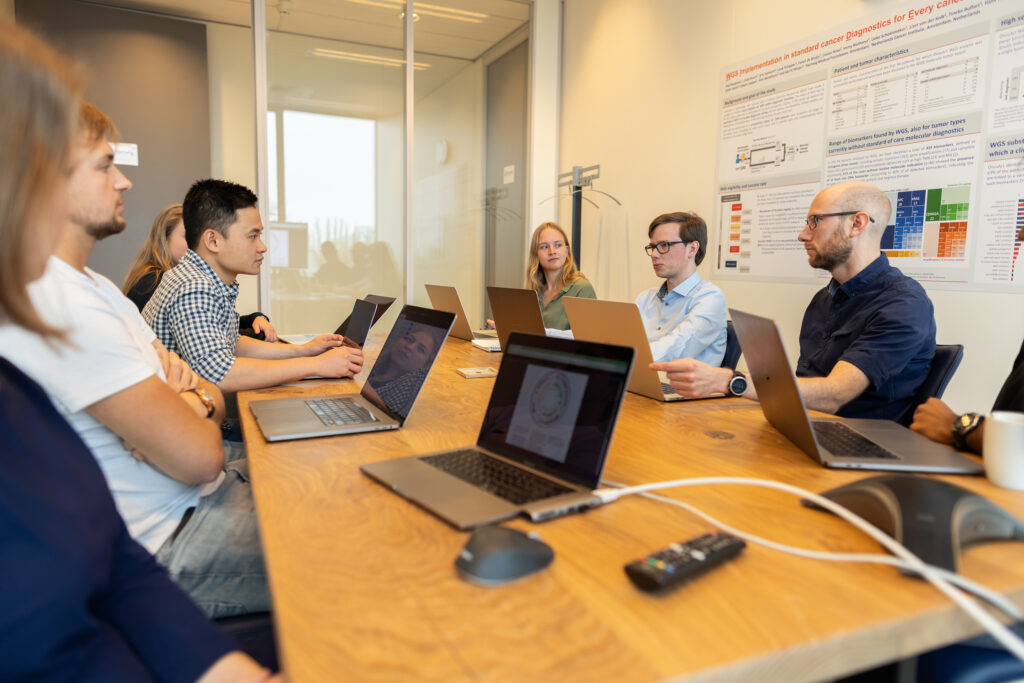
Hartwig Medical Foundation has worked with The Jackson Laboratory (JAX) Clinical Knowledgebase (CKB) team since 2020, to the benefit of both parties. For each individual patient’s tumor, Hartwig detects all DNA mutations in the tumor’s whole genome, while the CKB team rapidly manages information about the potential clinical relevance of oncogenic mutations. Hartwig uses that CKB information in their OncoAct report that presents the relevant molecular findings for the patient, making CKB an essential resource for interpretation of the results. Armed with the report, the patient and their practitioner can agree on a personalized treatment plan.
In the field of personalized medicine and whole genome sequencing (WGS), keeping continuously up to date with the latest knowledge about treatment options is essential. However, for practitioners and medical specialists, it is often impossible to keep up with the ongoing stream of newly discovered/published biomarker-drug combinations, and to know which of the observed DNA mutations are of clinical relevance. Right there the collaboration of Hartwig and CKB is of great value. Paul Roepman, clinical molecular biologist in pathology at Hartwig and the Netherlands Cancer Institute gives an example: “If a novel biomarker-drug combination is published in the scientific literature during an international congress, that information becomes directly available to Hartwig from the moment it is entered into the CKB database. It can then, possibly within a week, be linked to all patients for whom Hartwig is performing WGS-based molecular diagnostics.” The mutations in any tumor are unique, and while it is true that there are corresponding drivers, sometimes there are rare driver mutations for which the meaning is far less clear. “Without the detailed information provided by CKB, it is sometimes hard to recognize mutations for which a potential medicine might be is available.”
Dynamic digital source
CKB is an innovative resource in which all known mutations driving cancer are reviewed the moment they are published. As such, it is a dynamic digital source for the interpretation of complete cancer genomic profiles. To scan the available literature to identify what is potentially important, CKB uses artificial intelligence (AI) technology from Microsoft. Armed with this machine assisted review, CKB’s scientific experts can interpret its content, increasing the accuracy of predicting a patient’s response to a combination of targeted therapies and immunotherapies, and even their resistance to specific medicines. This points the way to identifying the right mutation and the right treatment associated with it.
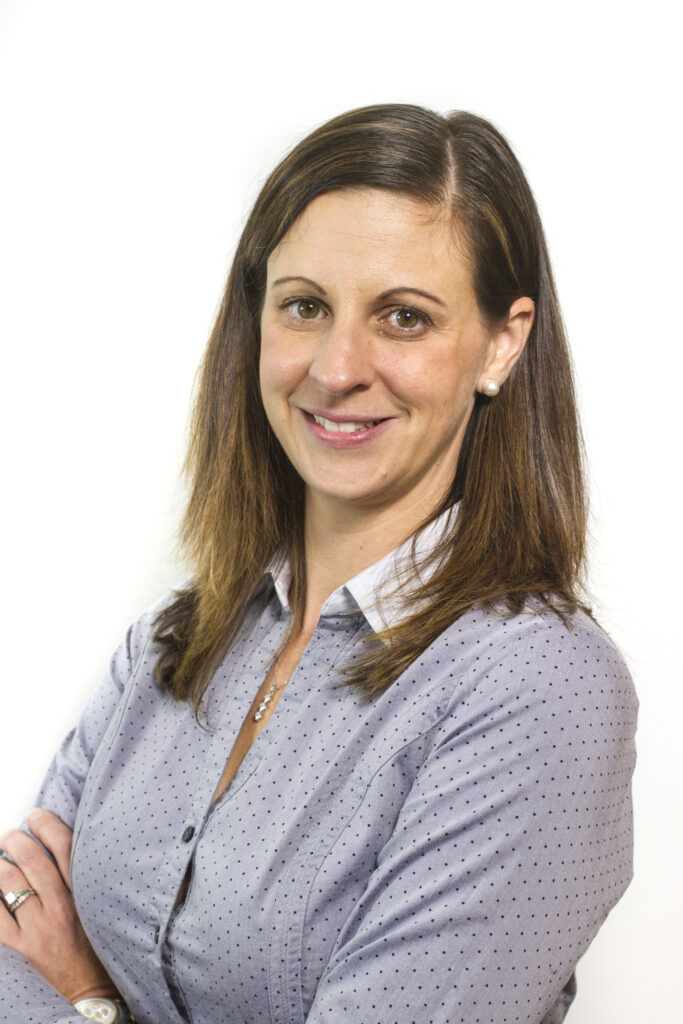
“We work with a small team of analysts and software engineers,” says Cara Statz, clinical analyst at JAX. “In our database we include scientific literature that is indexed in Pubmed and clinical trials from clinicaltrials.gov. Our purpose is to be a reliable source for professionals in the oncological field. The keyword for our database is integrity. The content of the database must be accurate and up to date, making sure that it can adequately support the treatment decision in the clinical setting. There are different options to make use of the CKB database. The ‘Core’ option offers users access to all data associated with fifty genes that are generally found in cancer hotspot panels. The second, paid option is ‘Boost’. This has an advanced search function and contains more than 1,900 genes, including the fifty in ‘Core’. The third and last option ‘Flex’ offers customers the possibility to download all content and integrate it in their own workflow and reports,” says Statz.
OncoAct and ACTIN
Hartwig has been using the ‘Flex’ option since 2020, making CKB an important source for the interpretation of its reports in two ways: automatic (via evidence matching/PROTECT in OncoAct and interpretation in ACTIN) and manually via CKB’s ‘Boost’ option, to which it also has access. OncoAct makes use of WGS to get a complete DNA picture of a tumor, which is compared with the ‘normal’ DNA of the patient derived from a blood sample.
“OncoAct and ACTIN are two components connected to each other,” says Paul Roepman, one of the ‘spiders in the web’ making sure that laboratory findings give clinics the essential answers they need. “OncoAct is the report of the WGS findings. It is where the link with the CKB database is made. This in itself is already valuable because it helps us to interpret molecular results. But the limitation is that it is still only a DNA finding. In this respect we are sailing blind, because apart from the type of cancer we have no further information and no (treatment) background on the patient. In ACTIN, we make the link to all the information in the patient’s electronic patient file, which enables us to integrate the clinical data with the molecular data and makes it possible to give the individual patient good advice about their treatment.”
Development in ACTIN
At Hartwig, algorithm development lead Nina Jacobs is responsible for the development of ACTIN –the Algorithmic Cancer Treatment Initiative.
“The ACTIN system is designed to support decision making for patients with metastasized cancer,” she says. “In the algorithm we integrate clinical data, molecular data, and data about treatments – standard care and experimental – the purpose being able to map possible treatments for the patient. It is important that the clinical and molecular data are linked to the treatment data in the right and logical way, and that correct output is generated by the system”.
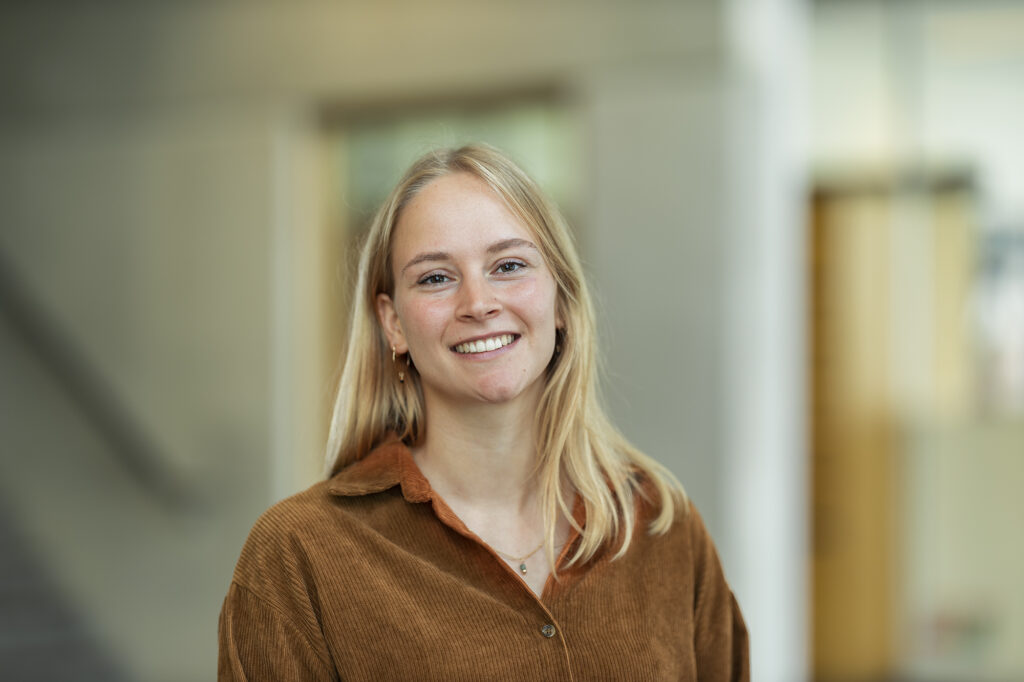
Paul Roepman agrees, especially where experimental treatments or studies are concerned. “Now often information regarding ongoing clinical trials and/or experimental treatment options is only available due to individual knowledge of attending medical experts,” he says. “If a certain trial option isn’t mentioned in a multidisciplinary meeting, for example due to the expert’s absence, that possibility might be completely missed. We therefore are now testing ACTIN to objectively inform practitioners about which studies are open.”
Automated and manual
The CKB data is automatically ingested into ACTIN, where it can be used to automatically annotate molecular findings. Automated annotation is performed by linking the relevant data from the CKB database on the basis of the molecular event.
“The purpose is to make it as easy as possible for the practitioner to see if relevant information is available in the literature, and if so, what the finding exactly is and in which article it is found,” says Jacobs. “This means that the professional who receives the report doesn’t have to go through all the literature to check if anything is known about the found mutation and what this could mean. It saves time and makes for an even more complete molecular image, because we have the complete literature at hand from CKB’s database.”
Roepman adds: “We had already been looking at the possibilities of a knowledge database with scientific publications that could help the practitioner interpret the results of the molecular diagnostic process. With the knowledge database we initially used for this purpose – to determine whether we could find a genetic deviation that could be of use in the clinic – we eventually concluded that the information it contained did not keep up with developments. Developments in this field move so incredibly fast. That’s why we decided to search for a partner with a knowledge database that could keep pace with this fast development. At that point we already knew CKB, because the academic hospitals already worked with it and considered it to be a valuable source. One of its main advantages is that it saves us a lot of manual work. That is not to say that I don’t use the database manually from time to time, because I certainly do, not just at Hartwig but also in my work at AvL. This is because not every patient gets WGS.”
About manual use of the CKB database, Jacobs says: “We indeed use it manually, to delve deeper into the database for further relevant information as a result of a certain mutation or the automatic interpretation. We then use these insights to improve the automatic interpretation if possible.”
Making the findings even better
Roepman: “I don’t know if all practitioners understand the possibilities that CKB offers us. But I don’t really know if this is even necessary. What’s important to them is that they can use these possibilities to offer their patients better care. In our report they can find publications that we have used to come to our findings, which can help them sharpen their own interpretation of the data. To make it easier for them, we include hyperlinks to these publications in our reports. Based on this the practitioner can estimate whether we have, in their opinion, offered the most relevant findings or whether the patient case must be further discussed in the multidisciplinary consultation. In other words, we bring knowledge to the doctor in a more efficient and focused way.”
Roepman says his colleagues know how to make good use of the database. “Their role shifts from ‘making their own interpretation’ to ‘evaluating if the algorithmic interpretation is correct and customized,” he says, which is why he continuously tries to beat the system to make it better.
Further development
ACTIN was initially set up for use in ‘phase 1’ departments, where it is decided whether a patient with no remaining standard treatment options could participate in an (early) clinical trial.
“On the basis of clinical and molecular data from the patients’ health record and relevant study information – including among other things inclusion and exclusion criteria – the algorithm evaluates if a patient complies with the study criteria and if so whether a cohort in that study is open. For studies that match based on a molecular criterium, information from CKB is added about the molecular event that could be insightful,” says Jacobs.
At this point in time there are no applications other than phase 1 departments. “But we are working towards further extension towards other departments and hospitals,” says Jacobs. “Not just phase 1 departments in which possible participation in early-clinical studies is evaluated, but also departments where standard care is provided. If we start cooperating with teams that provide standard care, the application is still aimed at matching possible trials for the patient, for instance, phase III trials. Apart from that, we also work towards personalizing treatment proposals as much as possible, for example, by comparing the data on a patient with other comparable patients, and to collect all relevant information from the literature that is known about a treatment.”
Roepman adds: “In my opinion helping the practitioner to make the proper match for the patient should not remain WGS specific. It should apply to all forms of molecular diagnostics.”
From client to partner
Roepman says he is very satisfied with what CKB has to offer Hartwig. “It is a relatively small team,” he says. “Communication lines are short, and we always get a quick response to questions.”
Jacobs agrees. “Our contact with CKB is very fluent,” she says. “We speak to each other on a regular basis, for example, about the interpretation of certain molecular findings or about new literature that might be interesting for CKB to include in their database. The same applies to when we have questions about why certain literature should or should not fall inside CKB’s scope of interest.”
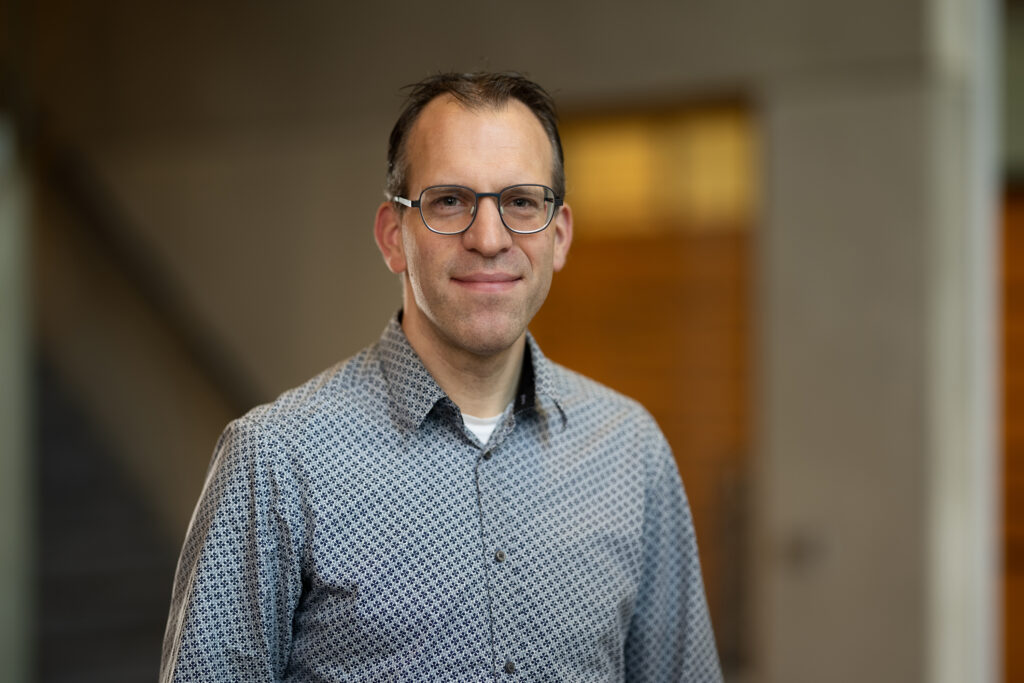
JAX clinical analyst Statz recognizes completely what Jacobs and Roepman say. “We are very much in agreement with Hartwig’s mission to use the newest technology to get the maximum result for the patient in molecular diagnostics. Just like them, we want to leave no stone unturned for the cancer patient.”
She adds that CKB is not just of interest to Hartwig, but that the same is true the other way around. “At the start, Hartwig came to us to become a client,” she says. “But that was not the end of it. It has many very interesting research projects and we both concluded that this was a good basis for cooperation. We are about literature, not about the clinic. On the other hand, that is precisely the perspective that Hartwig can offer us. It provides us with knowledge about the value of our literature for the clinic. It’s rather unique that a client of ours should also become a partner.”
Roepman ends with one small criticism. “Users should be aware of the fact that CKB is an American database,” he says. “It only offers literature with a high level of evidence. Individual case studies do not come to light in the database because they offer insufficient evidence. Understandable of course, but it would be interesting for the European market if CKB could also make use of ESCAT next to ESMO for its selection of scientific literature. Several European parties ask for this addition.”
The subject is on CKB’s radar, reacts Statz. “We are surveying the possibilities.”
More information
You read an article in the category Personalized treatment. You may also be interested in Algorithms, Biomarker, Hartwig Medical Database, IT, Learning healthcare system, Molecular diagnostics, OncoAct, or Research.All news
Also read
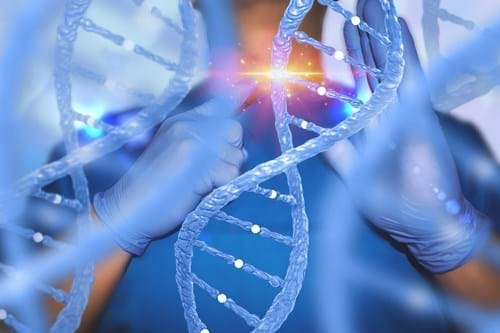
Actionable metastatic cancer genome is remarkably stable over time, despite treatment with drugs
A one-time analysis of the entire tumor DNA is almost always sufficient to find all DNA errors that may be …
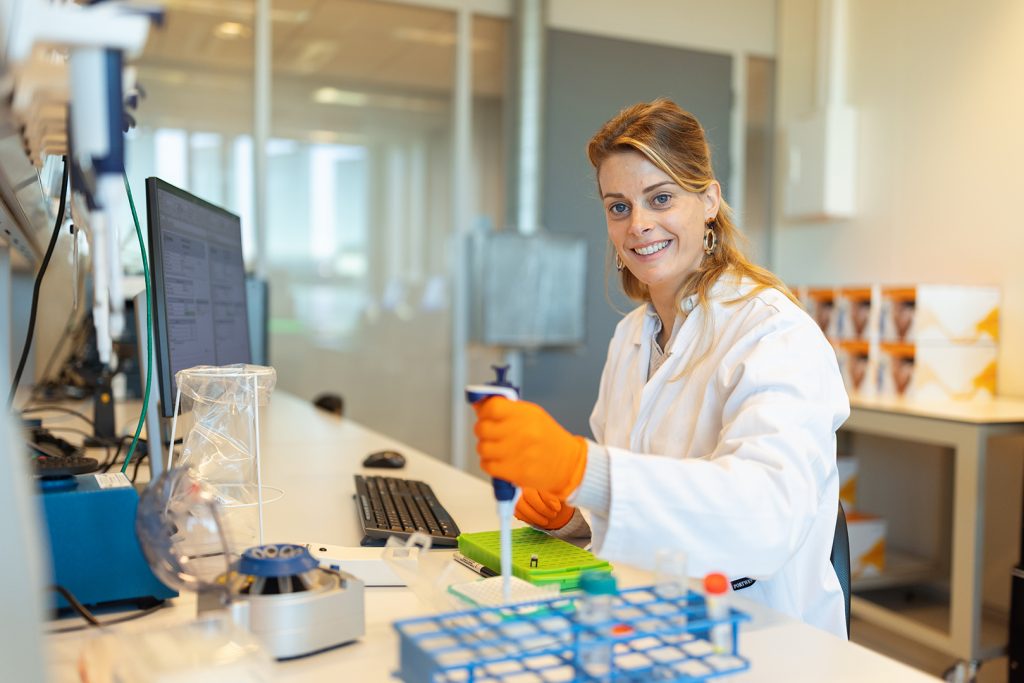
Complete DNA analysis for young adults with cancer
KWF finances the expansion of the infrastructure for cancer research in young adults with almost 4.5 million euros. These are …

Growth Fund invests 325 million euros in Oncode-PACT to accelerate the development of cancer drugs
The National Growth Fund invests 325 million euros in the Oncode-PACT plan to accelerate the preclinical development process of cancer …

We have been using the complete DNA test for the past two years in the routine care of patients with cancer. The test provides at least as much, and often more, information we can use to treat our patients than regular tests. Moreover, in patients with an unknown primary tumor, it can help us to diagnose the cancer and find a treatment. This test also makes a difference for patients with a sarcoma. Our researchers have scientifically demonstrated this in several studies.